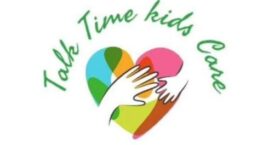Dance therapy, also known as dance/movement therapy (DMT), is a therapeutic practice that uses movement and dance to support emotional, cognitive, physical, and social integration of individuals. Rooted in the idea that body and mind are interconnected, dance therapy encourages self-expression, communication, and healing through creative movement. It is employed in various settings, including hospitals, mental health facilities, schools, and rehabilitation centers, to help individuals cope with stress, improve self-esteem, manage anxiety and depression, enhance body image, and develop social skills. By engaging in rhythmic and expressive movement, participants can explore their feelings, foster resilience, and achieve a sense of well-being.

The practice of dance therapy is facilitated by trained dance/movement therapists who use their expertise in movement observation, assessment, and intervention to tailor sessions to the needs of each individual or group. These therapists guide participants through structured and improvised dance activities that encourage body awareness, emotional expression, and interpersonal connection. The therapeutic process in DMT can lead to profound personal insights and emotional release, as well as improvements in physical health, such as increased coordination, flexibility, and strength. Overall, dance therapy offers a unique and holistic approach to healing that emphasizes the transformative power of movement.
